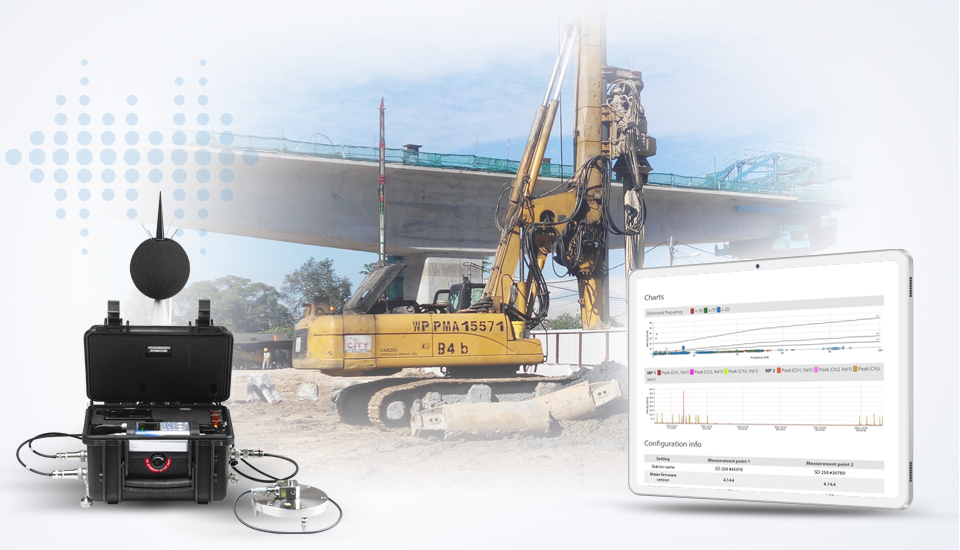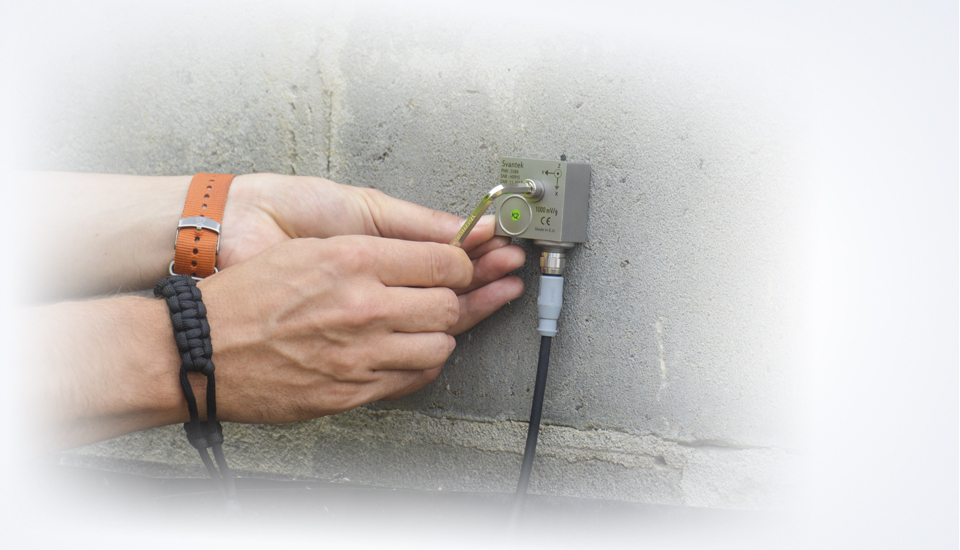A construction vibration monitoring system is a set of tools used to protect workers, nearby inhabitants, and historic structures from the detrimental effects of construction vibrations. These systems utilize sensors to continuously track ground movements. If the detected vibrations exceed predefined acceleration thresholds, an alarm is triggered to alert the operator. There are various commercial systems available, ranging from single point to multi-point setups, and from portable to wireless configurations. Such monitoring systems have become indispensable for contractors, helping them minimize risks, conserve time, and uphold their reputations.
For construction projects involving heavy machinery, vibration monitoring equipment is crucial. Excessive vibrations from this machinery can jeopardize neighboring structures and become a disturbance for nearby residents and workers. Vibration monitors not only help ensure permissible vibration levels are maintained but can also detect potential issues with the machinery, like worn-out bearings or malfunctioning components. Employing these monitors aids companies in preventing potential damages and ensuing costs related to both their machinery and the environment around the construction site.
Remote construction monitoring is a method that enables engineers to oversee the impact of construction activities, particularly vibrations, from a distance, ensuring the safety of nearby sensitive structures like hospitals and office buildings. This approach utilizes a network of sensors that relay data to a centralized system, where the information is assessed to pinpoint potential issues. By leveraging these systems, potential risks can be preemptively addressed, ensuring the preservation of surrounding structures.
Vibration monitors, integral to many construction projects, assist teams in ensuring that vibrations remain within approved thresholds, thereby safeguarding the surrounding ecosystem. Historically, these monitors were cumbersome, posing challenges in transportation and installation. However, advancements in wireless technology have ushered in a new era of compact, easily portable vibration monitors. These cutting-edge wireless devices allow real-time monitoring, empowering crews to make immediate modifications as required. Furthermore, they can be seamlessly integrated with other construction software, granting a holistic perspective of the entire project. Consequently, wireless construction vibration monitoring has emerged as a pivotal tool in contemporary construction endeavors.

